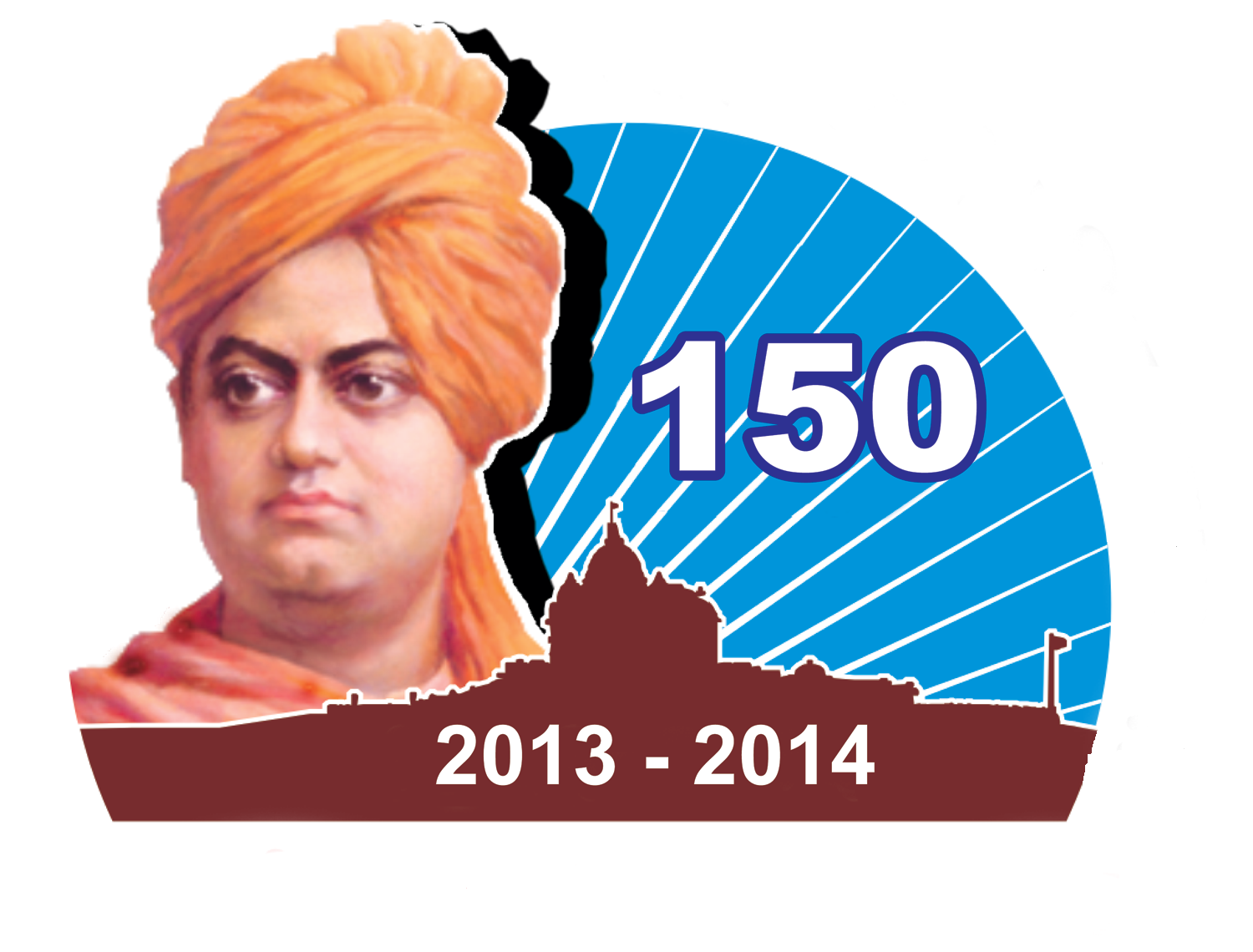Swami Vivekananda Malayalam Pdf
' ( in ) Swami Vivekananda ( Bengali: ( ); 12 January 1863 – 4 July 1902), born Narendranath Datta ( Bengali: ), was an, a chief disciple of the 19th-century Indian mystic. He was a key figure in the introduction of the Indian philosophies of and to the Western world and is credited with raising awareness, bringing to the status of a major world religion during the late 19th century. He was a major force in the in India, and contributed to the concept of in. Vivekananda founded the and the. He is perhaps best known for his speech which began with the words - 'Sisters and brothers of America.,' in which he introduced Hinduism at the in in 1893. Born into an aristocratic family of, Vivekananda was inclined towards spirituality. He was influenced by his, Ramakrishna, from whom he learnt that all living beings were an embodiment of the divine self; therefore, service to God could be rendered by service to humankind.
Description: 1 map: color; 82 x 63 cm, folded to 23 x 11 cm Cartographic Mathematical Data: Scale 1:50,000. Karta glubin ozera boginskoe. Title on alternate panel: [Bjelašnica-Igman, planinarska karta]: 1:50 000 = Mountain map. Responsibility: Geodetski zavod u Sarajevu, Radna jedinica za kartografiju i reprodukciju karata. Genre/Form: Topographic maps Maps Document Type: Map All Authors / Contributors: OCLC Number: 24501742 Notes: Titles in Serbo-Croatian (roman), Serbo-Croatian (Cyrillic), English, German, and French.
After Ramakrishna's death, Vivekananda toured the extensively and acquired first-hand knowledge of the conditions prevailing in. He later travelled to the United States, representing India at the 1893 Parliament of the World's Religions.
Swami Vivekananda – Life and Teachings (Malayalam PDF) On behalf of the 150th Birth Anniversary Celebrations of Swami Vivekananda, Sree Ramakrishna Mission is organizing various programs like Elocution, Debate, Essay Writing and Quiz for School Children throughout India. For that, Sree Ramakrishna Mission with the help of Ministry of Culture. Konturnaya karta mira cherno belaya. On behalf of the 150th Birth Anniversary Celebrations of Swami Vivekananda, Sree Ramakrishna Mission is organizing various programs like Elocution, Debate,.
Vivekananda conducted hundreds of public and private lectures and classes, disseminating tenets of in the United States, England and Europe. In India, Vivekananda is regarded as a, and his birthday is celebrated as.
(left) Bhubaneswari Devi (1841–1911); 'I am indebted to my mother for the efflorescence of my knowledge.' – Vivekananda (right) 3, Gourmohan Mukherjee Street, birthplace of Vivekananda, now converted into a museum and cultural centre Vivekananda was born Narendranath Datta (shortened to Narendra or Naren) in a family at his ancestral home at in Calcutta, the capital of British India, on 12 January 1863 during the festival. He belonged to a traditional family and was one of nine siblings. His father,, was an attorney at the. Durgacharan Datta, Narendra's grandfather was a and Persian scholar who left his family and became a monk at age twenty-five.
His mother, Bhubaneswari Devi, was a devout housewife. The progressive, rational attitude of Narendra's father and the religious temperament of his mother helped shape his thinking and personality. Narendranath was interested in spirituality from a young age and used to meditate before the images of deities such as,,,. He was fascinated by wandering ascetics and monks. Naren was naughty and restless as a child, and his parents often had difficulty controlling him. His mother said, 'I prayed to Shiva for a son and he has sent me one of his ghosts'. Education In 1871, at the age of eight, Narendranath enrolled at 's, where he went to school until his family moved to in 1877.

In 1879, after his family's return to Calcutta, he was the only student to receive first-division marks in the entrance examination. He was an avid reader in a wide range of subjects, including philosophy, religion, history, social science, art and literature. He was also interested in Hindu scriptures, including the, the, the, the, the and the. Narendra was trained in, and regularly participated in physical exercise, sports and organised activities. Narendra studied Western logic, Western philosophy and European history at the (now known as the Scottish Church College).

In 1881 he passed the Fine Arts examination, and completed a Bachelor of Arts degree in 1884. Narendra studied the works of,,,,,,,. He became fascinated with the of and corresponded with him, translating Spencer's book Education (1861) into Bengali. While studying Western philosophers, he also learned Sanskrit scriptures and Bengali literature. (principal of Christian College, Calcutta, from where Narendra graduated) wrote, 'Narendra is really a genius. I have travelled far and wide but I have never come across a lad of his talents and possibilities, even in German universities, among philosophical students.